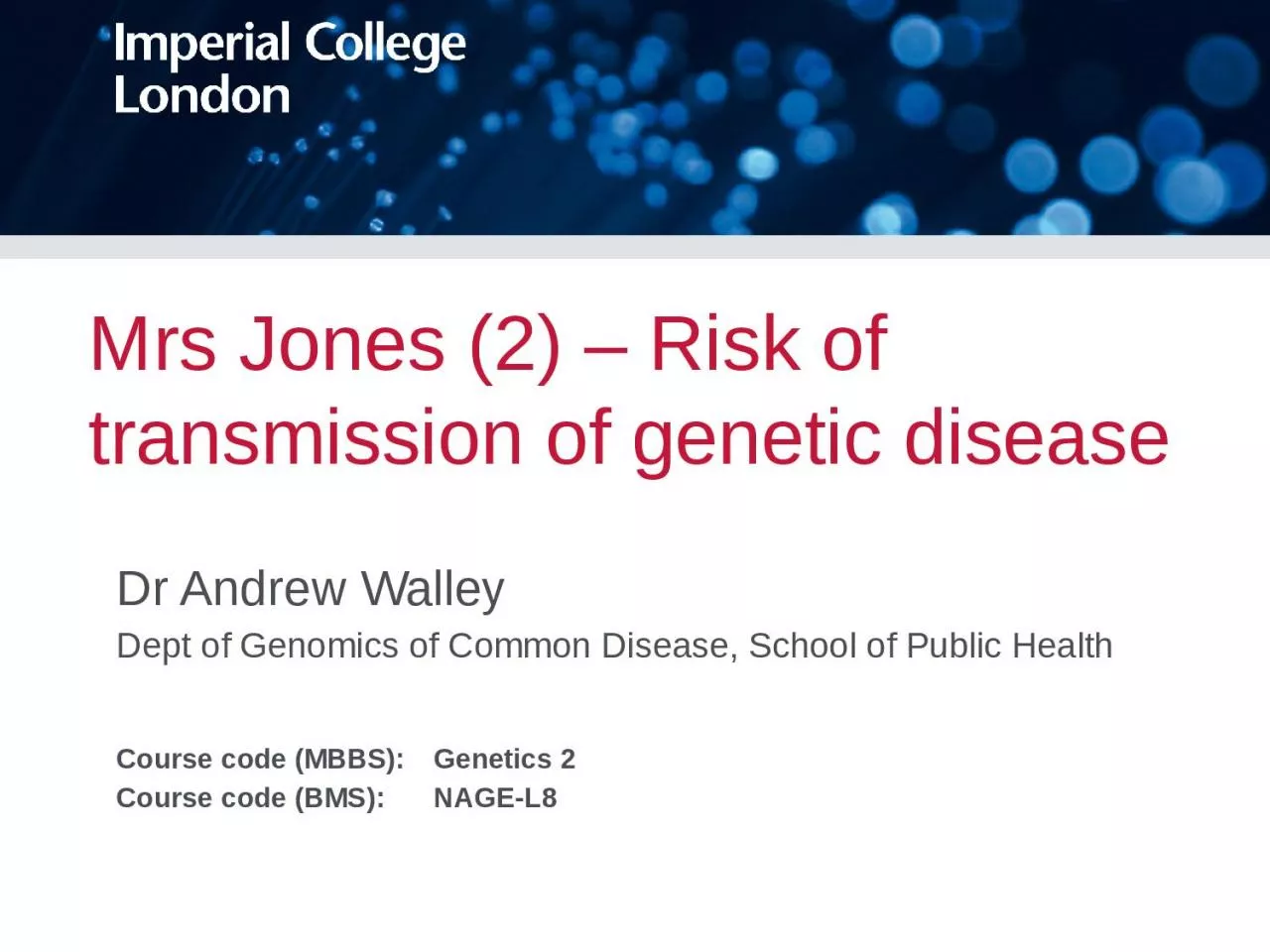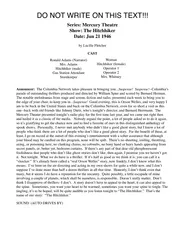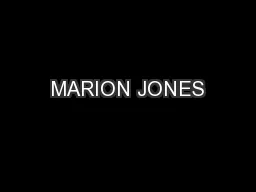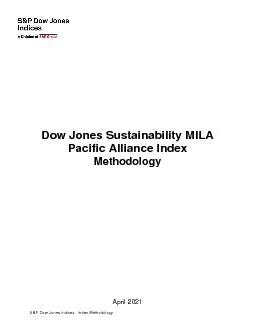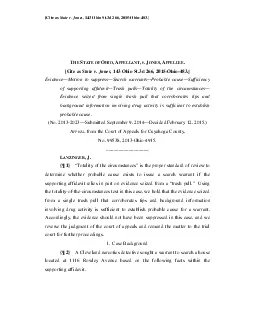PPT-Mrs Jones (2) – Risk
Author : emily | Published Date : 2024-02-09
of transmission of genetic disease Dr Andrew Walley Dept of Genomics of Common Disease School of Public Health Course code MBBS Genetics 2 Course code BMS
Presentation Embed Code
Download Presentation
Download Presentation The PPT/PDF document "Mrs Jones (2) – Risk" is the property of its rightful owner. Permission is granted to download and print the materials on this website for personal, non-commercial use only, and to display it on your personal computer provided you do not modify the materials and that you retain all copyright notices contained in the materials. By downloading content from our website, you accept the terms of this agreement.
Mrs Jones (2) – Risk: Transcript
Download Rules Of Document
"Mrs Jones (2) – Risk"The content belongs to its owner. You may download and print it for personal use, without modification, and keep all copyright notices. By downloading, you agree to these terms.
Related Documents

